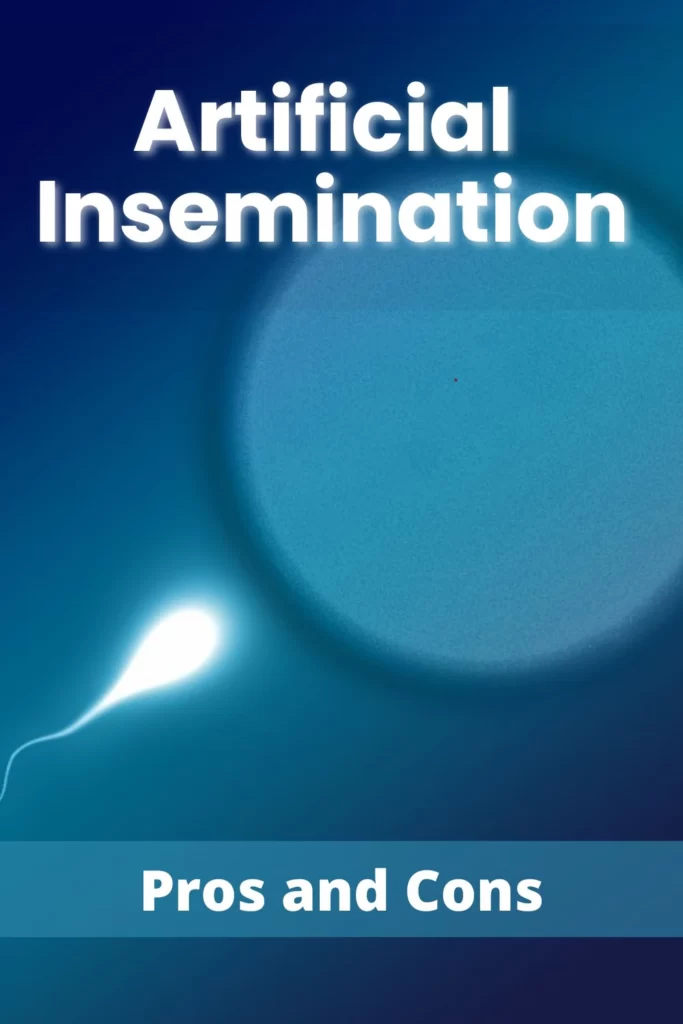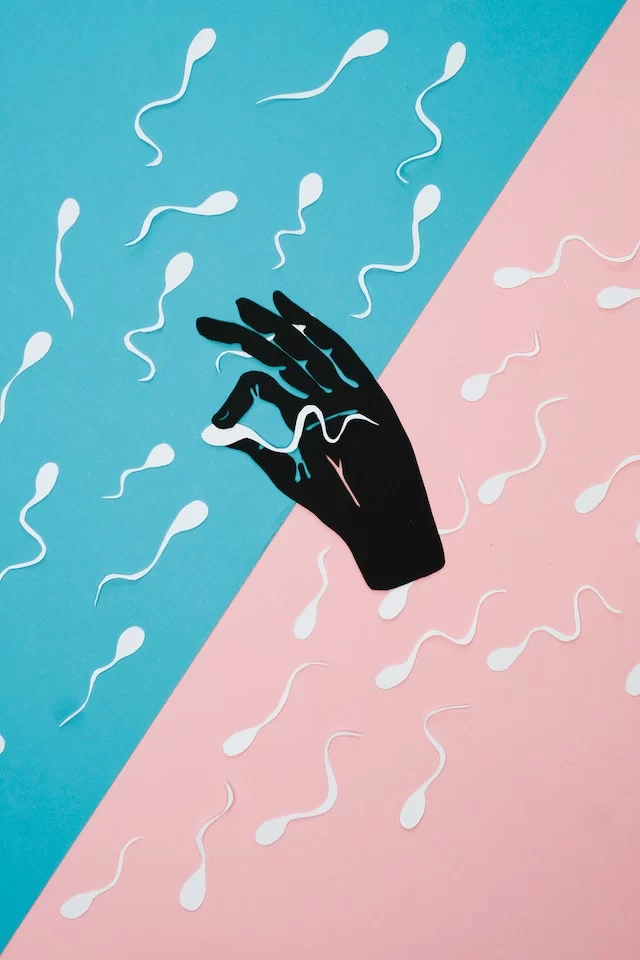Table of Contents
Advantages of artificial insemination
The advantages of artificial insemination are that it is a simple, minimally invasive procedure that does not require any surgery. Artificial inseminations can be done at the doctor’s office or at home with a kit. AI has been found to have success rates as high as 75%. Furthermore, it is safe for both the man and woman. Finally, if the semen sample is washed. Then there will not be any contact between sperm cells and vaginal fluids. Which means less risk of infection or sexually transmitted disease.
In addition to being safe, there are also other advantages associated with artificial insemination. One example is that there is no need for partner involvement as sperm cells can be used from the sperm banks.
Cost-effective and simplicity
Artificial insemination is a cost-effective, low-complexity technique that is easy to carry out. Artificial insemination is the process of injecting sperm directly into the uterus or fallopian tubes, usually with a needleless syringe. AI is considered a low-complexity technique, so its main advantage is that it is a simple and minimally invasive procedure.
Similarity to natural conception
Artificial insemination is a low-complexity technique, so its main advantage is that it is a simple and minimally invasive procedure. The artificial insemination process requires sperm to be placed into the uterus through a catheter, which means that it does not require any surgery.
And because there are fewer risks involved with artificial inseminations. This method can be used for people who may not be able to withstand surgical procedures for medical reasons. In addition, a woman who has undergone chemotherapy or radiation therapy in whom surgery is contraindicated can still undergo an artificial insemination process because it is a minimally invasive procedure.
Disadvantages of artificial insemination
The main disadvantage to artificial inseminations is that the sperm donor must be tested for STDs. Which can be both costly and time-consuming. At the same time, it may be difficult to find such a healthy sperm with all the qualities. Artificial insemination also comes with a higher risk of failure than other fertility treatments, such as IVF.
In the end, AI may not be the best option if you are looking for a low-cost treatment or don’t want to take risks with your fertility. It is important to keep in mind that artificial insemination imposes certain requirements on the couple and influences success rates.
Risks
One of the disadvantages of artificial insemination is that it is a low-complexity technique, which can lead to complications. For instance, when inserting a needle into the uterus, it might puncture the uterus or fallopian tube.
Artificial insemination can also increase the risk of infection by introducing bacteria into the uterus. The procedure may also lead to an ectopic pregnancy because it requires inseminating a female who is not ovulating.
Success rate
Artificial insemination is a low-complexity technique for fertilization with semen. So, its advantages are that it is simple and minimally invasive. However, there are some disadvantages as well. For example, the success rate for artificial insemination is lower than for IVF. Because it cannot be done with sperm from frozen samples.
In terms of pregnancy rates, according to The American Pregnancy Association. A woman’s chance of a successful pregnancy through artificial insemination is 50 percent. If she has been trying for 6 months without success.



